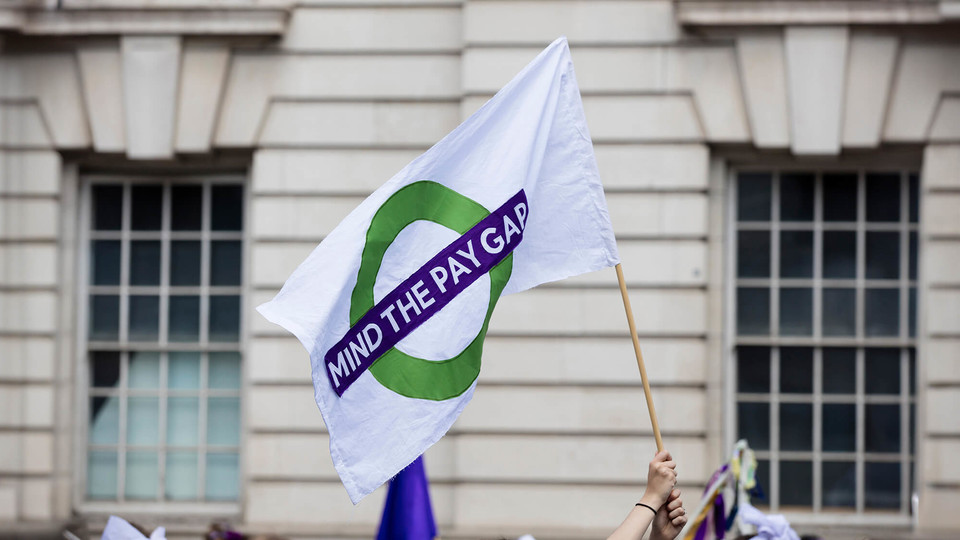
Playing The Long Game
Why President George H.W. Bush Went To Bat For NAFTA
By Peter Rodriguez
Why President George H. W. Bush Went To Bat For NAFTA
A version of this op-ed originally appeared in the Houston Chronicle as "Bush played the long game with NAFTA"
Whenever dozens of heads of state gather, it’s a safe bet they’ll be photographed at ornate desks where politically valuable deals are signed. The G20 Summit held in Buenos Aires on December 2, 2018 framed just such a moment as President Donald Trump, Canadian Prime Minister Justin Trudeau and outgoing Mexican President Enrique Peña Nieto sat side by side to sign a new trilateral trade agreement among their countries. But it would be misleading to call this trade deal truly new. The three countries first signed such a deal under former President George H.W. Bush more than 25 years ago. While the latest trade deal makes some valuable improvements to the existing agreement, it is new only in the sense that a longstanding house is new after a kitchen renovation.
For Houston, the North American Free Trade Agreement transformed the city into a new U.S. center of global trade. For the three participant countries, it fundamentally changed commerce among their economies. And for Americans now remembering the former president, it was a critical moment when a U.S. leader made a difficult, highly controversial decision for the country’s long-term strategy.
In knitting together the economies of North America, Bush culminated an ambitious global vision. Lowering trade barriers among countries would integrate the continent, foster competition and, eventually, build supply chains that could compete with other regions and emerging economic giants around the globe.
Then, as now, free trade was a hard sell politically, requiring a deep commitment to the principles of openness, competition and economic alliances. For all the economic opportunity it would create, Bush surely knew, NAFTA would also result in job churn, losses and gains unequally and sometimes painfully apportioned across the economy.
In standing up for NAFTA in an election year, Bush had to spend precious political capital. It made him vulnerable to many opponents, including the spirited anti-NAFTA Texan H. Ross Perot, and may have drawn enough ire to cost him a second term.
Nevertheless, NAFTA’s signing was not a first, but a final, act for an era of economic opening. The deal was the natural extension of the Reagan-Bush view on global commerce and the United States’ role within it. At the height of ‘Japanaphobia’ in 1986, Reagan opened the Uruguay Trade Round of the GATT (Global Agreement on Tariffs and Trade) negotiations, leading to the creation of the World Trade Organization. Two years later, Reagan signed the US-Canada Free Trade Agreement, the essential precursor to NAFTA — and the most significant U.S. step toward open trade in forty years.
A year after Bush signed the agreement, and after making alterations that addressed labor and environmental concerns, President Bill Clinton signed NAFTA into law on Dec. 8, 1993.
And then: nothing happened.
Or rather, nothing much happened quickly because, despite the sometimes-hyperbolic rhetoric of trade, reorganizing industries and economies takes time. Building new plants takes time, moving workers and relocating firms takes time, growing ports, roads and airports takes time. Certainly, dropping tariffs has some notable immediate effects for commodities and some finished goods, but the real impact of a sweeping trilateral trade deal eases in slowly. In the process, new trade hubs and centers are built, and cities are transformed, none more so than post-NAFTA Houston.
Houston was a global city before NAFTA owing to its oil, gas and petrochemicals industries, and because of the Port of Houston. But in the 1990s, trade exploded in ways that humbled prior metrics as growth boomed across China, India, and a newly-opened Eastern Europe. Remarkably, Houston kept pace, creating new manufacturing jobs and a mountain of finance and professional services jobs to orchestrate the new trade flowing through North America and across the world.
Today, at the onset of a new, more global era, few people could have envisioned the scale of change in this city. When Bush signed the NAFTA agreement in 1992, Houston’s economy employed 1.8 million people. Today it employs just over 3 million people. NAFTA and the transformation it stoked supported Houston’s growth, perhaps easiest to see at the Port of Houston, which is now the nation’s second largest exporter after New York City. For the United States, trade with NAFTA partners has grown to more than three times its level in 1993 at over $1 trillion annually, nearly double the level of our trade with China.
The North American trading bloc, meanwhile, has new and increased relevance as NAFTA buoys each of its three nation’s economies in competition with China.
In his latest book, The Fifth Risk, author Michael Lewis warns that one of our nation’s least appreciated challenges is “the risk a society runs when it falls into the habit of responding to long-term risks with short-term solutions.” Avoiding that risk requires facing tough choices, bold thinking and acting for the future. Whatever history ultimately writes about NAFTA, it is plain that Bush was willing to pay a price for his belief in it — and that he was right about the agreement’s power to grow and transform Houston over the long haul.
Peter Rodriguez is a Professor of Strategic Management and the Dean of the Jones Graduate School of Business at Rice University.
Never Miss A Story


